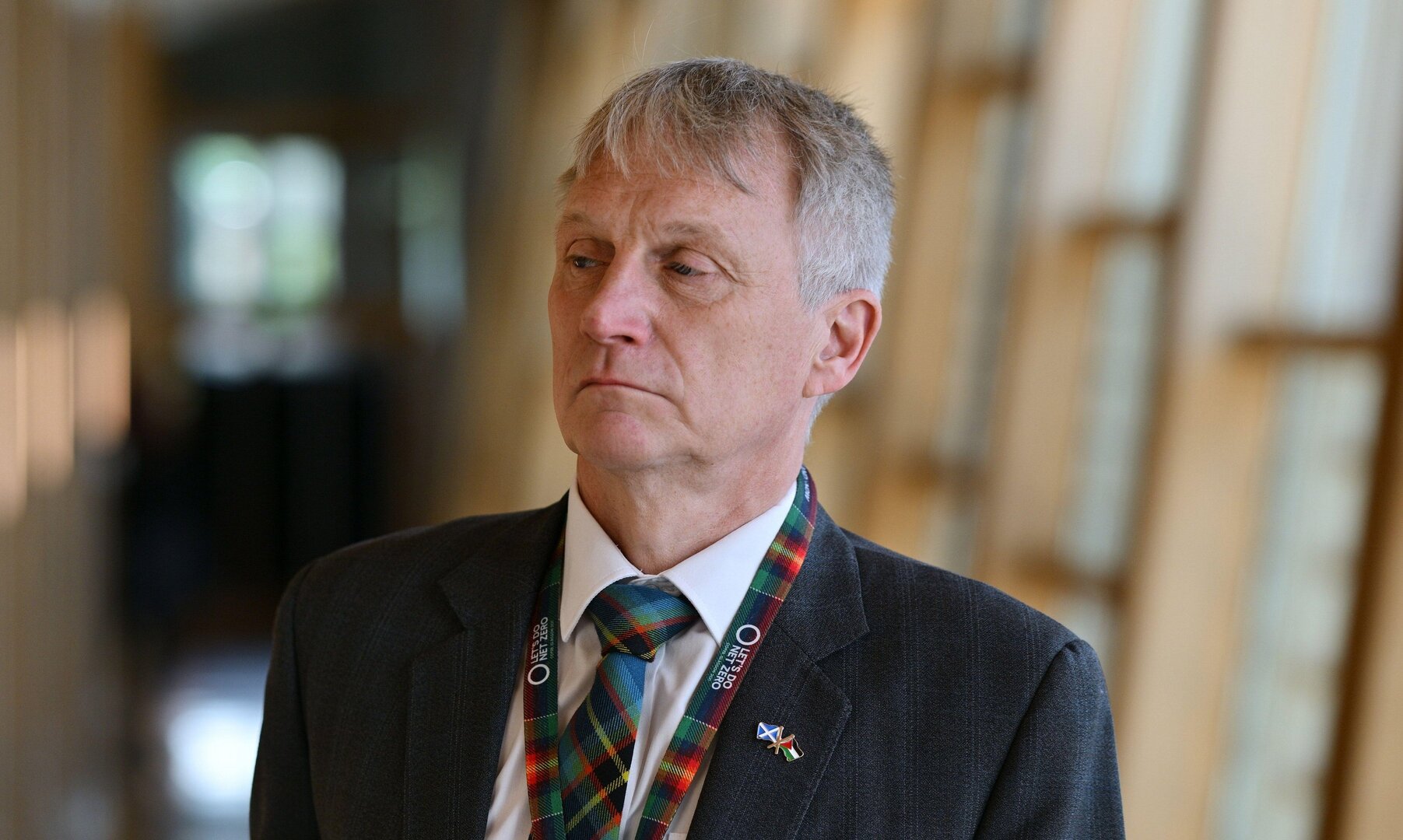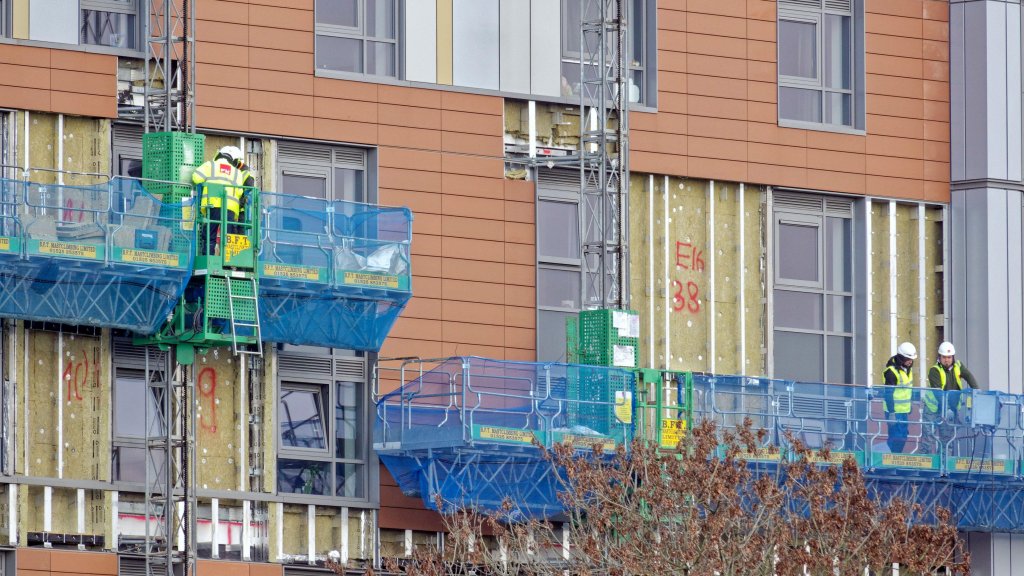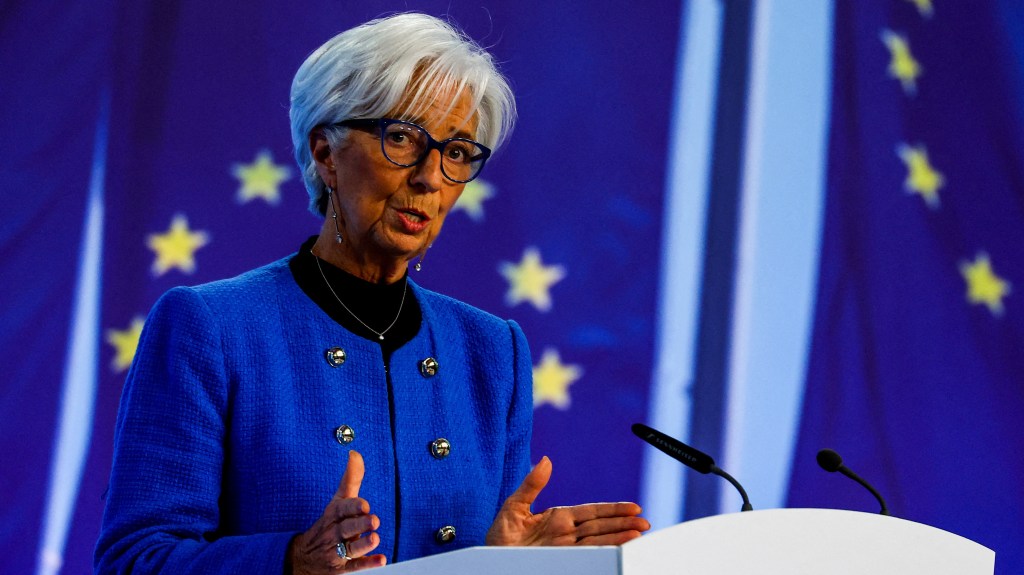New Tax on Scottish Newbuilds May Intensify Housing Crisis
Prospective buyers of new homes in Scotland might face an additional tax as government officials explore funding options for the removal of hazardous cladding from buildings.
Leaders in the construction industry have deemed the proposal to generate £30 million annually through a levy on certain residential developments as “unacceptable,” arguing that it will further increase homeownership costs.
Experts express concerns that this new tax could hinder the creation of new homes and worsen the ongoing housing crisis across the country.
The funds collected through this levy are intended to support cladding remediation efforts, with estimates indicating that the overall expense could amount to between £1.7 billion and £3.1 billion over the upcoming 15 years. A significant portion of this financial burden is expected to be shouldered by the construction industry under an existing scheme.
Public Finance Minister Ivan McKee stated that the additional levy is essential for financing remediation work on buildings where the original developer is no longer connected.

The specific rates for the proposed tax have yet to be determined, but government officials intend to implement it through the Building Safety Levy (Scotland) Bill.
Jane Wood, the CEO of Homes for Scotland, a key trade organization, has warned that these additional fees will ultimately be absorbed by homebuyers. She remarked, “Members of Homes for Scotland are dedicated to addressing life-critical fire safety cladding issues on the buildings they construct while achieving the highest standards of quality and safety.”
“However, with the proposed building safety levy, Scotland’s major home builders are already contributing to the remediation of other affected buildings via their existing payments toward the residential property development tax,” she added.
Wood stressed that this new tax would serve as an additional financial burden, potentially adding thousands of pounds to the price of new homes, driving families and first-time buyers further from attaining homeownership.
“In a time when Scotland is confronting a housing emergency, with 693,000 households facing housing issues, this situation is unacceptable,” she concluded.
According to Scottish government estimates, between 1,260 and 1,450 high-rise residential buildings may require alterations to their cladding.
This situation follows ongoing reviews initiated across the UK after the tragic Grenfell Tower fire in 2017.
McKee reiterated the Scottish government’s commitment to addressing unsafe cladding and emphasized the need for appropriate funding mechanisms to prevent affected homeowners from facing the entire financial burden.
“I understand that developers are aligned with our goal of safety, and this levy will ensure they contribute fairly to the associated costs, similar to the obligations they bear in England,” he stated.
McKee also praised the cooperative efforts of developers who have taken responsibility for evaluating and addressing the safety of their buildings.
Timothy Douglas, head of policy and campaigns at Propertymark, a trade body for the real estate and letting sectors, warned, “A uniform approach might lead to increased costs for developers at a crucial time when more homes need to be constructed to address Scotland’s housing emergency.”
Douglas suggested that any levy should be reconsidered or eliminated once the cladding issues are resolved, encouraging quicker remediation efforts which would enhance safety for residents and potentially lower the expenses associated with the remediation process.




Post Comment